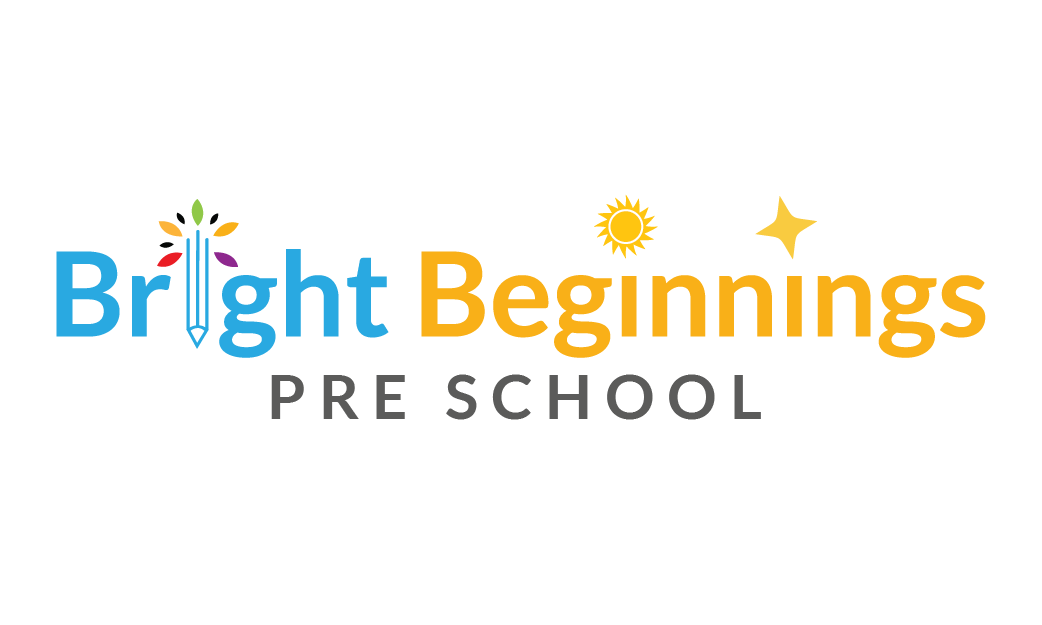How to Handle Your Child’s Temper Tantrums & Meltdowns
Temper tantrums and meltdowns are a common aspect of early childhood development. As parents and educators we understand that these emotional outbursts can be challenging to navigate. In this blog, we will provide valuable insights and effective strategies to help you handle your child’s temper tantrums and meltdowns with patience, understanding, and compassion.
- Stay Calm and Remain Patient
During a tantrum or meltdown, it’s essential to remain composed and patient. Remember that your child is still learning to express emotions effectively. Take deep breaths, avoid reacting with frustration, and create a calm environment. Your composed demeanor can help your child feel secure during their emotional storm.
- Validate Your Child’s Emotions
Acknowledging your child’s feelings is crucial. Use phrases like, “I understand you’re upset,” or “It’s okay to feel angry.” Validating their emotions helps them feel heard and supported, reducing the intensity of the outburst.
- Offer a Safe Space
Provide a designated safe space for your child to express their emotions. This could be a cozy corner in the house or a calm spot at the preschool. Encourage your child to take a moment to breathe and calm down in this safe area.
- Use Positive Language and Redirect
Redirecting your child’s attention during a tantrum can be helpful. Use positive language to suggest an alternative activity or focus. For example, “Let’s take a deep breath and count to ten together,” or “Would you like to play with your favorite toy?”
- Establish Consistent Boundaries
Consistency is key to managing tantrums. Establish clear and age-appropriate boundaries for your child. Set expectations for behavior and communicate consequences calmly, reinforcing positive actions.
- Offer Choices and Independence
Children crave independence, even during tantrums. Offer simple choices to empower them while maintaining control over the situation. For example, “Would you like to wear the blue or red shirt today?”
- Model Emotional Regulation
Children learn by observing adults. Model emotional regulation and coping strategies when you face challenging situations. Show them healthy ways to handle emotions, such as taking deep breaths or walking away briefly to calm down.
- Use Distractions and Engage in Play
Distracting your child with playful activities or engaging in their favorite games can often divert their attention from the trigger of the tantrum. Play can be a powerful tool to diffuse emotional tension.
- Communicate with Teachers
Keep open lines of communication with your child’s teachers at Bright Beginnings. Share any relevant information about triggers or coping mechanisms that work well for your child. Collaborating with educators ensures consistency in managing tantrums across different environments.
Conclusion
Temper tantrums and meltdowns are a natural part of a child’s emotional development. As parents and educators, we play a vital role in supporting and guiding our children through these challenging moments. By staying calm, validating emotions, offering a safe space, and using positive language, we can foster a nurturing environment for emotional growth.
At Bright Beginnings, we believe in equipping parents and children with the tools to handle tantrums with patience and empathy. By practicing these strategies, you’ll not only help your child develop emotional intelligence but also strengthen your bond and create a positive atmosphere for their growth and development. Together, we can navigate the ups and downs of early childhood with compassion and understanding.


